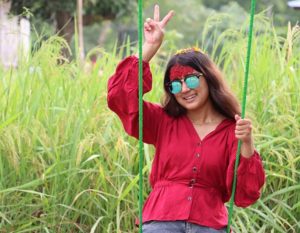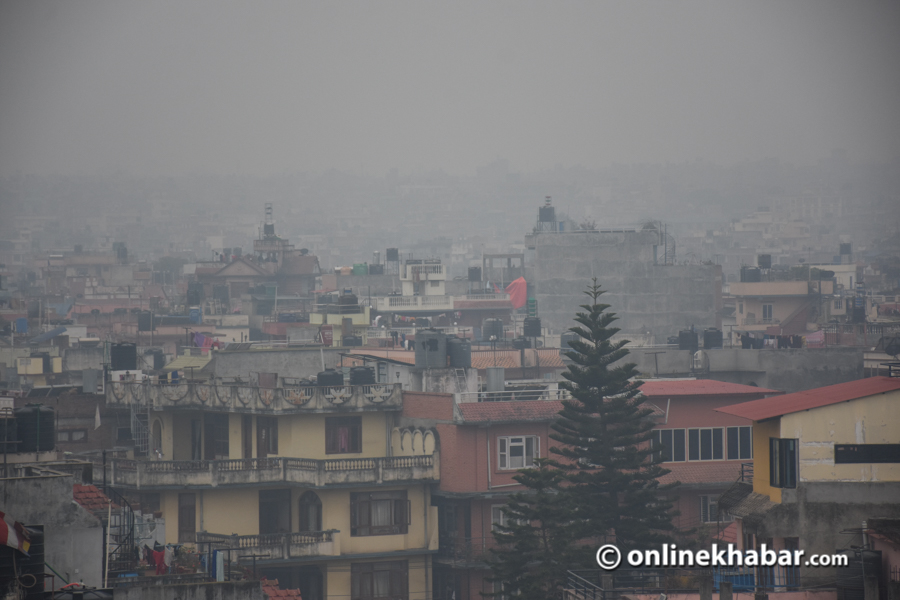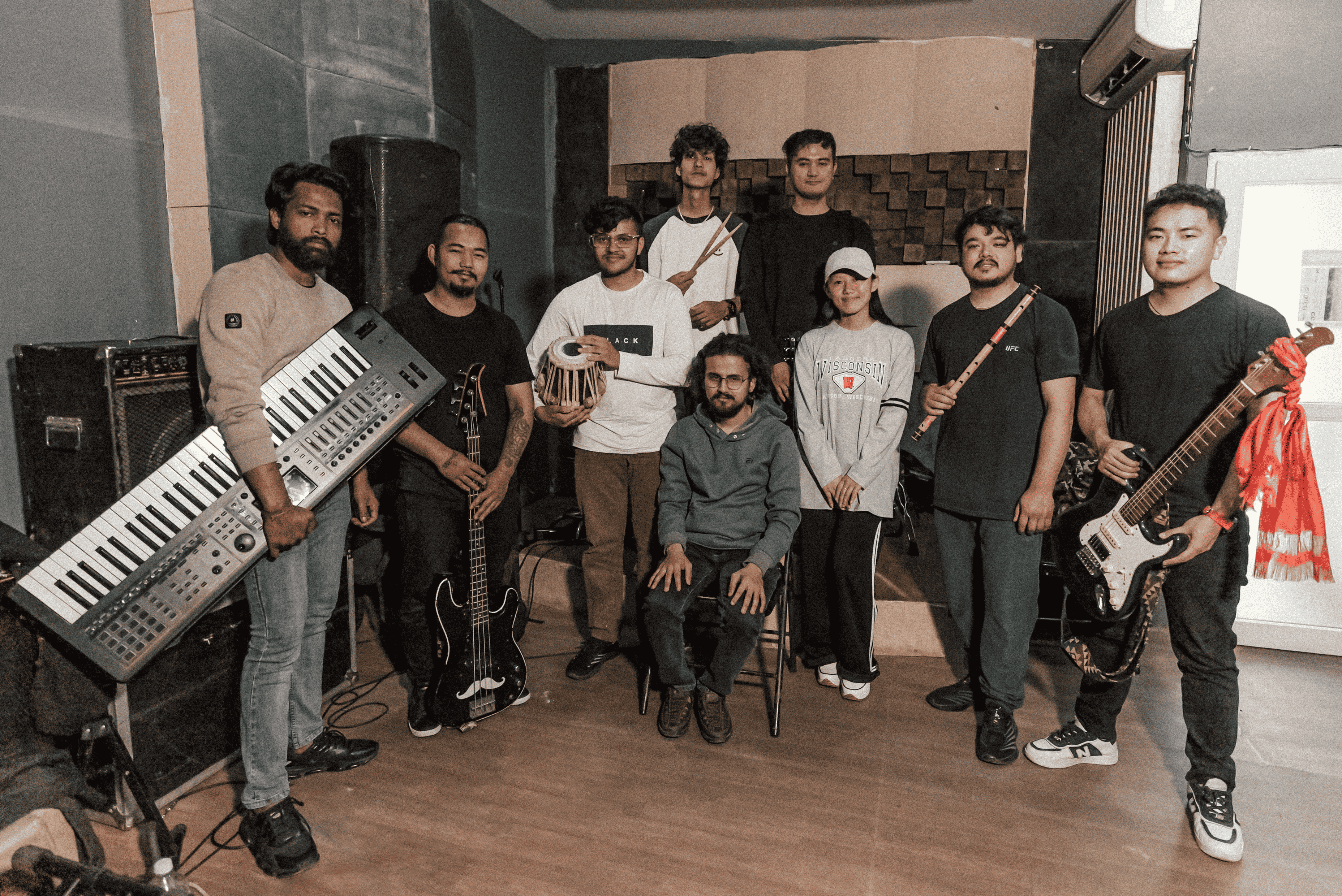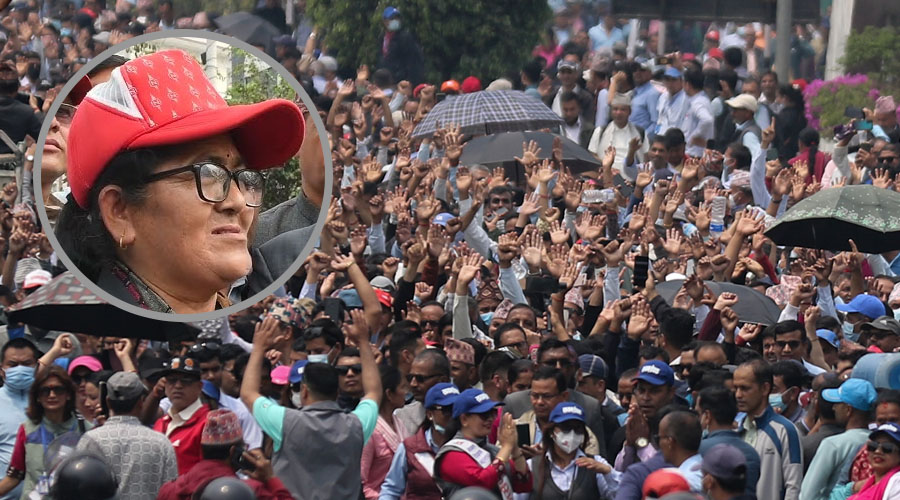
There is a distinction between well-curated art exhibitions and non-curated ones. While every artist expresses themselves through their artworks, curators delve into the essence of the artists to weave a cohesive narrative and bring their ideas to life through exhibitions.
The art exhibition titled ‘Unfolding the City,’ showcasing various dimensions of artworks, is currently on display at Takpa Gallery, Lazimpat, curated by Sanjeep Maharjan. Presented by Danfe Arts, the exhibition commenced on June 15.
Featured artists include Aishworya Shakya, Amshad Sunuwar, Avash Nemkul, Dhiraj Manandhar, Onesimus Thulung Rai, Pratima Thakali, Sabita Gyawali, Sagun Thapa, Samrat Joshi, Sumana Shakya, and Suraj Shilpakar.

True to its title, each artist has unfolded their experiences and emotions connected to the city. “The exhibition is a collage of diversity that looks at daily rituals of coexistence and curiously questions traditional knowledge,” Maharjan says. “It celebrates the cultural vibrancy and folklore that has travelled through the region. It seeks to unravel the ethnic roots of the artists, cultivating in them a sense of belonging and identity.”
According to him, the exhibition is also about accepting the city as it is, embracing its balance and harmony. It explores the intangible realities cultivated and practised within this space. He adds, “It looks at memories, migration, and shifted homes. It invites you to be a part of the continuous flow and momentum that keeps the city alive.”
Memories and experiences come alive
The exhibition ‘Unfolding the City’ consists not only of paintings but also sculptures, abstract work on ceramics, mixed media, and more. The common theme in these artworks is the unfolding of the artists’ memories and experiences of the city and their sense of belonging.
Using subtle calm colours like sky blue, white, and earthy orange, artist Pratima Thakali has created a set of five artworks. She writes, “Flying over the rivers, piercing through the clouds, flowing with the air. The sun and moon witnessed as they crossed the land. The ambience of the city is transient, bright and pale. Let them fly over the city, let them catch their breath while they fly over the blue land.”

Stitched on dyed fabric, she created “When it Crosses The Blue Land I.” Thakali’s work is beautiful and soothing to the eyes as she created a flock of Demoiselle cranes symbolically representing migration. Originally from Mustang, Thakali, who studied in Pakistan and now lives in Kathmandu, used to delve into the question of what home is for her and where she belongs.
The migrating birds gave her a sense of solace in her questions; she now feels home is where she is and that’s where she belongs.
Likewise, using soothing lavender colour, artist Sabita Gyawali created a set of three paintings using oil on panel titled Ethereal Ties I, II, and III. In Ethereal Ties I, she painted two palms with numerous moths hovering around, and one moth delicately resting on the palm. In Ethereal Ties II, she painted moths around a single downward-turned hand. In Ethereal Ties III, she painted a tree, moon, and moths.

Her paintings, even in smaller sizes, have a huge impact on the viewers. The concept, the motifs, and the hues she has chosen attract viewers like moths to a bright light. Moreover, she explores the interconnectedness of past and present, the natural world and spiritual realm, and the continuous cycle of life and renewal.
The moth symbolically represents her deceased grandfather. When she was young, her grandfather used to tell her stories about moths. She believes that a moth came to visit her as a chance for a final farewell to her grandfather, which she did not get the opportunity to do in real life.
Moreover, the artists have shared their intimate experiences and memories through their artwork, while others have shown their connectedness through festivals and cultural motifs. Shilpakar’s wood sculptures depict community people using different tools in various occupations. Sunuwar’s ceramics feature 13 differently shaped and sized Theki, whose usage has decreased in his community, though they were once heavily used in households. The variety in the exhibition can give viewers a feeling of being overwhelmed but in a good way.

Something different
Artist Sumana Shakya, in collaboration with designer Dhiraj Manandhar, created three stunning artworks using the motif of sparrows and the effect of yellow light with pen and earthen pigment on Kabho (textile paper), beautifully framed.

The artworks, Golden Rituals I, II, and III, are also called light sculptures. She too delved into experiences in the city for the concept. Before the COVID-19 pandemic, she thought that rituals and offering grains to idols were a waste of food, as her mother did. However, she realized the connectedness of creatures and humans through these simple acts of offering, which she presented marvellously in her artwork.
The exhibition is a breath of fresh air, with young artists presenting and expressing themselves using various mediums and out-of-the-box concepts.
Visit the exhibition, which continues until July 7 except on Mondays, if you want to experience this breath of fresh air.



















